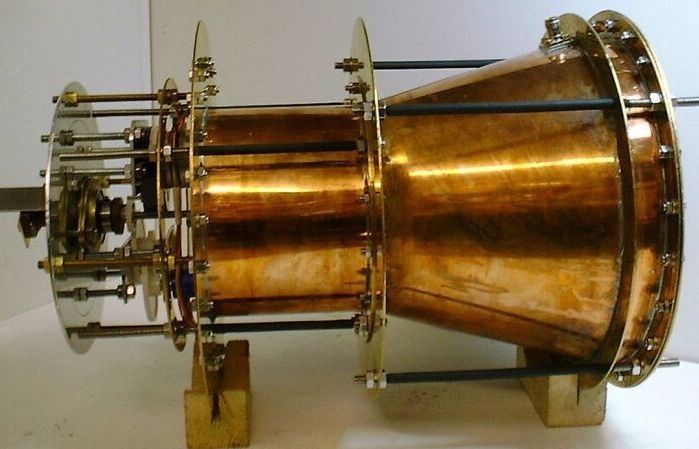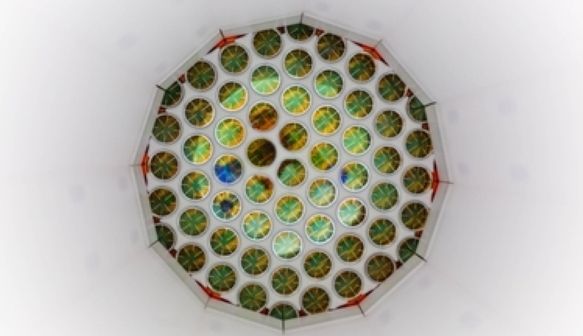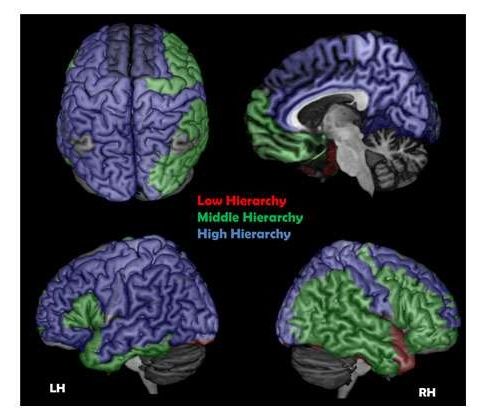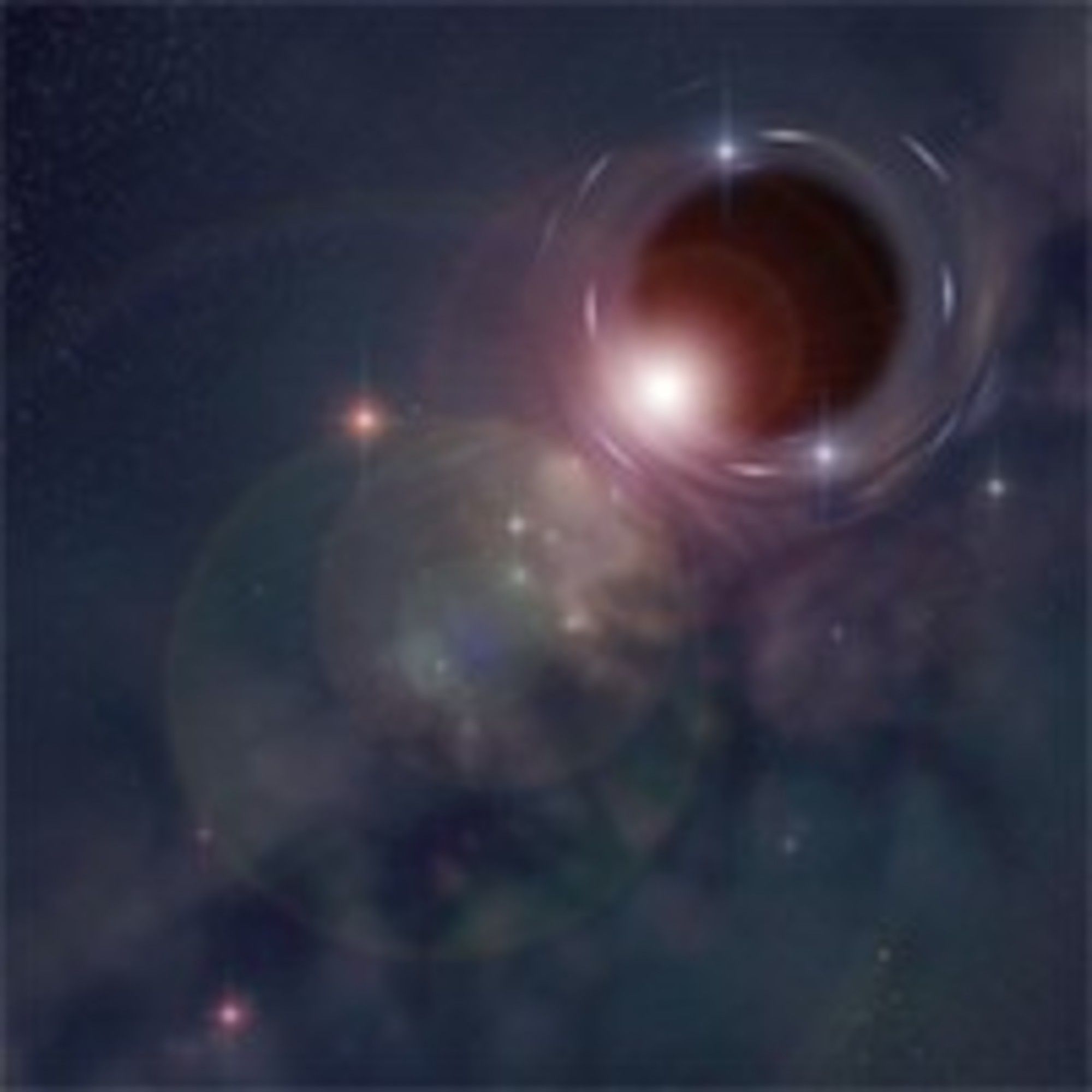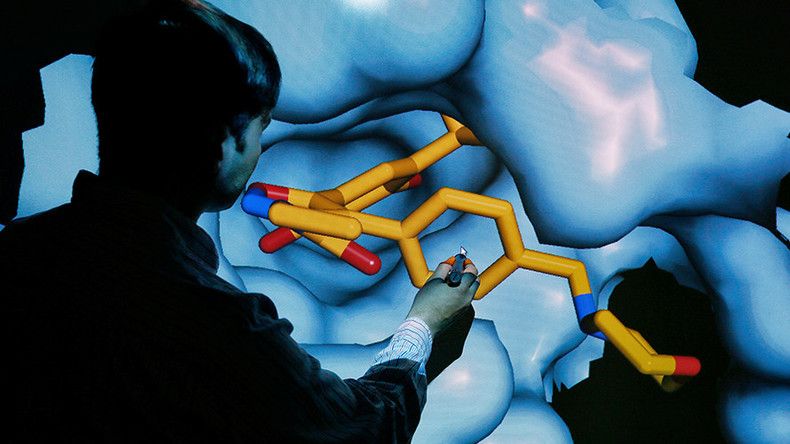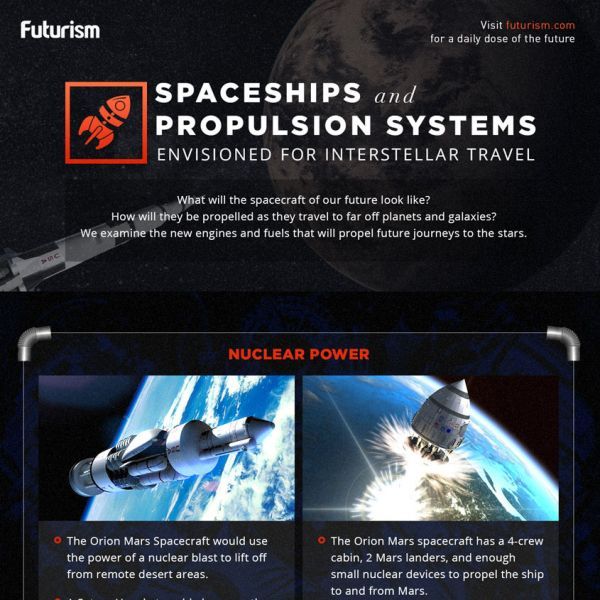Archive for the ‘physics’ category: Page 274
Aug 31, 2016
‘Star in a jar’ could lead to limitless fusion energy
Posted by Klaus Baldauf in categories: energy, physics, space
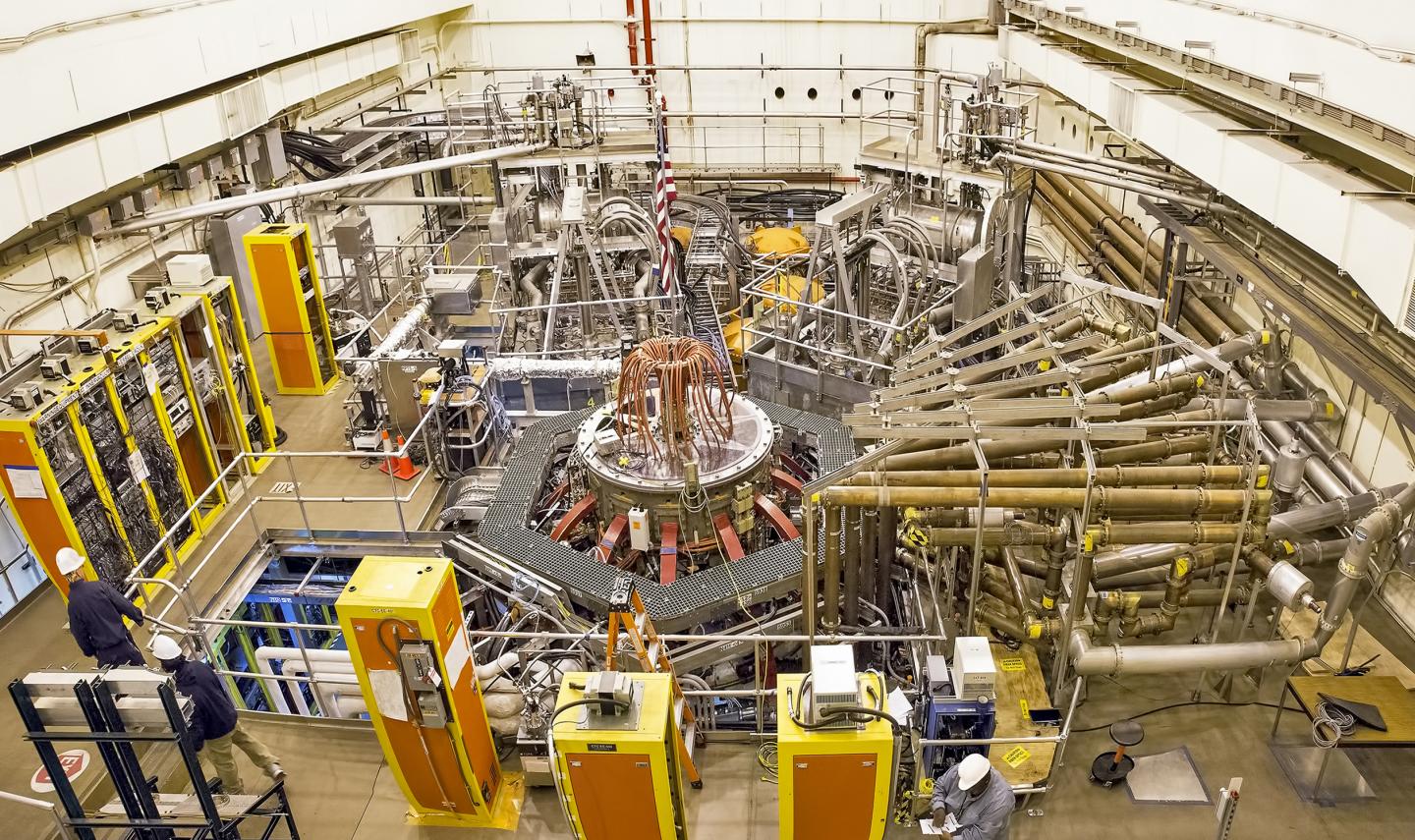
Physicists at the U.S. Department of Energy’s Princeton Plasma Physics Laboratory (PPPL) are building a “star in a jar” — a miniature version of the how our Sun creates energy through fusion. It could provide humankind with near limitless energy, ending dependence on fossil fuels for generating electricity — without contributing greenhouse gases that warm the Earth, and with no long-term radioactive waste.
But that requires a “jar” that can contain superhot plasma — and is low-cost enough to be built around the world. A model for such a “jar,” or fusion device, already exists in experimental form: the tokamak, or fusion reactor. Invented in the 1950s by Soviet physicists, it’s a device that uses a powerful magnetic field to confine plasma (superhot charged gas) in the shape of a torus.
Continue reading “‘Star in a jar’ could lead to limitless fusion energy” »
Aug 31, 2016
Physics Confronts Its Heart of Darkness
Posted by Andreas Matt in categories: cosmology, physics
Cracks are showing in the dominant explanation for dark matter. Is there anything more plausible to replace it?
By Lee Billings on August 31, 2016
Aug 30, 2016
A new study looks for the cortical conscious network
Posted by Shailesh Prasad in categories: biotech/medical, mathematics, neuroscience, physics
New research published in the New Journal of Physics tries to decompose the structural layers of the cortical network to different hierarchies enabling to identify the network’s nucleus, from which our consciousness could emerge.
The brain is a very complex network, with approximately 100 billion neurons and 100 trillion synapses between the neurons. In order to cope with its enormous complexity and to understand how brain function eventually creates the conscious mind, science uses advanced mathematical tools. Ultimately, scientists want to understand how a global phenomenon such as consciousness can emerge from our neuronal network.
A team of physicists from Bar Ilan University in Israel led by Professor Shlomo Havlin and Professor Reuven Cohen used network theory in order to deal with this complexity and to determine how the structure of the human cortical network can support complex data integration and conscious activity. The gray area of the human cortex, the neuron cell bodies, were scanned with MRI imaging and used to form 1000 nodes in the cortical network. The white matter of the human cortex, the neuron bundles, were scanned with DTI imaging, forming 15,000 links or edges that connected the network’s nodes. In the end of this process, their network was an approximation of the structure of the human cortex.
Aug 29, 2016
Could Black Holes Give Birth to ‘Planck Stars’?
Posted by Andreas Matt in categories: cosmology, physics, singularity
Theoretical physicists may have stumbled onto a solution to the black hole “information paradox” — what if a black hole’s singularity isn’t an infinitely dense point in space-time? Continue reading →
Aug 29, 2016
250Gbps: Russian scientists aim to revolutionize computing with plasma-driven antennas
Posted by Shailesh Prasad in categories: computing, physics
A team of Russian physicists has found a way to tune silicon nanoparticles so they can process optical data at previously unattainable speed, paving the way for the creation of “ultracompact and ultrafast” processing devices.
The findings of the experiment-based survey conducted by scientists from Moscow Institute of Physics and Technology (MIPT) and ITMO University were published in the ACS Photonics journal in late July.
Aug 27, 2016
The ‘star in a jar’ that could provide limitless energy on Earth: US Government reveals experiments to create compact fusion plants
Posted by Carse Peel in categories: government, nuclear energy, physics
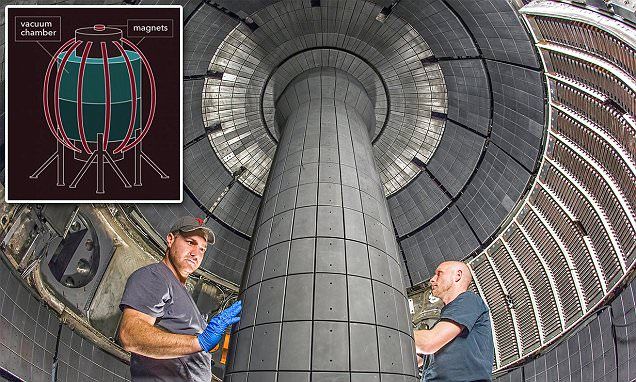
It would provide humankind with near limitless energy, ending dependence on fossil fuels for generating electricity.
US Government physicists have backed plans to create ‘a star in a jar’ — replicating on Earth the way the sun and stars create energy through fusion.
Aug 24, 2016
Should We Build a Dyson Sphere?
Posted by Gerard Bain in categories: cosmology, physics
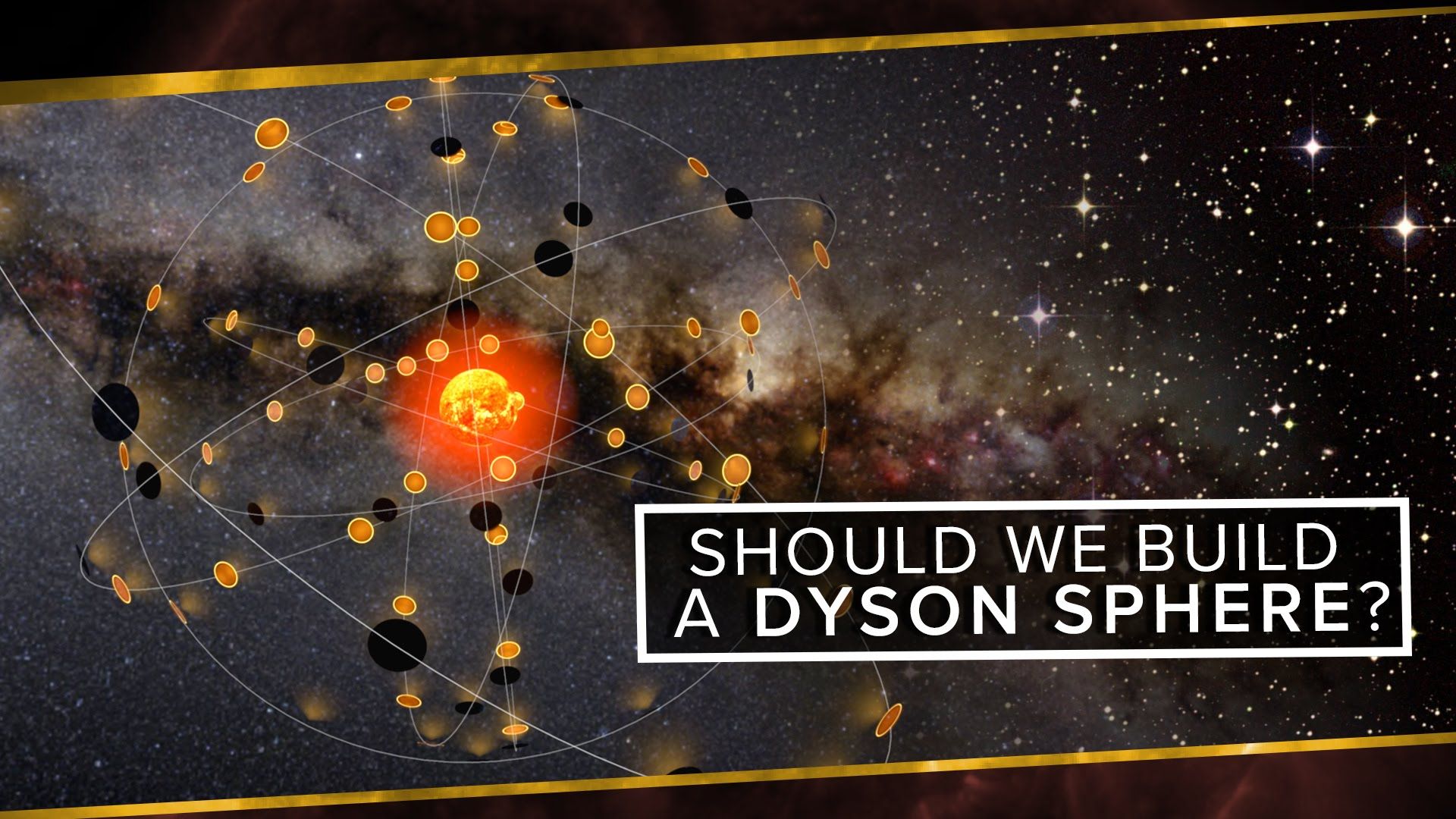
To check out any of the lectures available from Great Courses Plus go to http://ow.ly/Y8lm303oKJe
Get your own Space Time tshirt at http://bit.ly/1QlzoBi
Aug 24, 2016
ESO confirms the discovery of Earth’s closest potentially habitable neighbour
Posted by Klaus Baldauf in categories: physics, space
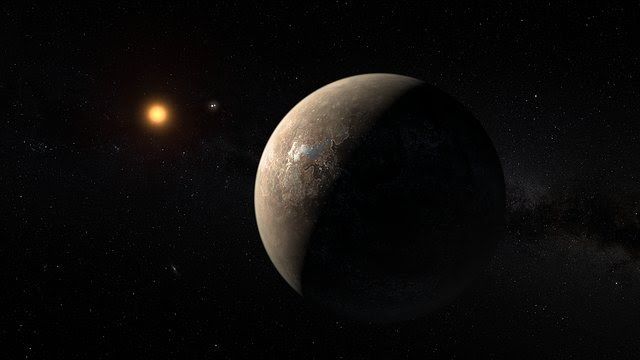
Astronomers have today confirmed the existence of a planet orbiting the sun’s nearest neighbour, Proxima Centauri, which has the potential to host liquid water, and therefore life.
The exoplanet in question, Proxima b, is thought to be the Earth’s closest potentially habitable neighbour, making this discovery a major landmark in humanity’s exploration of the universe.
Continue reading “ESO confirms the discovery of Earth’s closest potentially habitable neighbour” »
Aug 23, 2016
These Theoretical Propulsion Systems Might Make Interstellar Travel a Reality
Posted by Andreas Matt in categories: physics, space travel
One of the biggest questions in physics whether or not humanity could ever really travel between the stars. Here’s how we might be able to do it.
